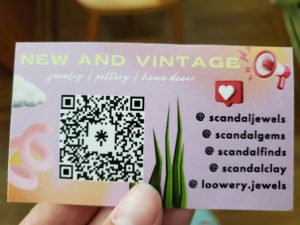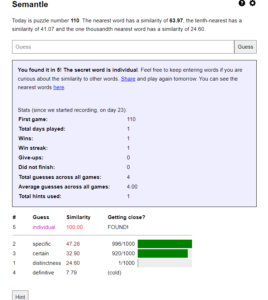Good morning, afternoon, and evening, dear readers. In today’s post, I will be sharing my experience from the CoLang 2022 conference.
CoLang is short for The Institute on Collaborative Language Research. Founded in 2008 by linguist Carol Genetti, Colang has been hosted at several respected universities, with its first hosting being at University of California, Santa Barbara. Since then, it has been hosted every two years at a different university, with the exception being to COVID, of course.
According to CoLang’s official website, colanginstitute.org, “At that time, it was called the Institute on Field Linguistics and Language Documentation, or InField. The name was changed to CoLang before the 2012 institute to emphasize the collaborative aspect of work with and by language communities.”
This year, CoLang took place at the University of Montana in Missoula, and lasted from June 13th to July 8th. Workshops ran for the first two weeks, and a practicum for either the Northern Cheyenne or Bolivian Quechua languages for the last two.
The goal of CoLang is to foster “hands-on experiences in best practices for language documentation, descriptive linguistics, and language revitalization for linguists, researchers, students of all levels, community members, tribal leadership, language advocates and allies, and other individuals interested in community-based language work.”
Essentially, the goal of CoLang is to bring together people from all different kinds of backgrounds to work together to preserve and advocate for languages with small amounts of speakers.
I stayed for the full month and immensely enjoyed the whole experience. The workshops were enriching, informative, and engaging, while the practica was a memorable learning experience.
I especially enjoyed going to the afternoon presentations after lunch. Of the 8 which were available, my personal favorite was by Wesley Leonard, a professor at University of California at Riverside. His talk focused on the importance of relational accountability in language work, and how showing up for yourself and others and being committed to learning makes a big difference in communities as well as yourself. Wesley was the first to present in the afternoon series, and hearing his talk was truly life-changing.
I chose to attend the FLEx, Praat, ELAN, Intro to Linguistics 1 and 2, Language Activism, TPR, Total Physical Response, which is a teaching method that has found recent popularity recently, and Language, Culture, and Climate Change in the Arctic workshops.
FLEx, Praat, and ELAN are all softwares that linguists use for various projects, each of them serving a different purpose. Out of the eight workshops I attended, I think these were my top three favorites, though each workshop was really fun and informative.
For the practica, I selected the Northern Cheyenne option. Northern Cheyenne is a Native American and Indigenous language spoken in Montana. There is also another dialect, which is called Southern Cheyenne, and spoken in Oklahoma.
During the practica, participants were able to collaborate on projects which put the skills from the workshops into use. During my practica, I worked with a peer to create language learning materials for Cheyenne youth. While this was fun to work on, it wasn’t what i was expecting: I was hoping the practica would be more language documentation-based, and that we would get to focus on speaking with elders, collaborating with them to document their language, update and maintain language databases, and learn more about how to be better language advocates.
On the last day, everyone was given a chance to present what they had been working on for the past 2 weeks. My peer and I were embarrassed by two of the facilitators for using a sample video of Southern Cheyenne speakers to show pronunciation. Given that we didn’t have time with the native Northern Cheyenne speakers after week 1 ended, this was our only option. There were also other instances where clear preference and bias was shown towards projects that included certain elements over others, which was not fair, though this was the nature of the practicum.
I was also surprised in an unpleasant way by some of the attitudes at this conference. Most of the attendees were linguists or linguistics students, while some were community members of indigenous backgrounds, or people who were otherwise interested in the topics of the conference. Among the non-linguists, there was a very-present anti-linguist and anti-linguistics attitude. Not everyone shared this sentiment, but more people than expected did. After all, CoLang is a conference that has been heavily-populated by linguists since its inception.
In the past, some linguists have worked with minority communities in unfair and unethical ways. The linguists did this by showing up to these communities, mostly uninvited, collected their data for research, left, and provided no compensation for their contributors. If this doesn’t raise red flags, it most definitely should.
This is the very instance which CoLang seeks to work against and move forward from. While it is important to remember and learn from the past, we as a collective group of linguists, advocates, activists, language reclamationists, community members, and language workers cannot move forward if time is spent complaining about obviatives or how linguistics could very easily become complicated..
Linguistics, especially in its higher levels, is challenging. But while this is so, it also has immense value as a subject. Linguistics teaches and helps others learn about how language works, why it works, and how all the parts of a language matter. This framework and mindset is essential, especially in a field such as language reclamation, documentation, and advocacy.
I am very much looking forward to the next CoLang, which will be hosted in 2024 at Arizona State University. I will include the link to the upcoming conference, as well as the general CoLang site below.
https://www.colang2024.org/
https://www.colanginstitute.org/














